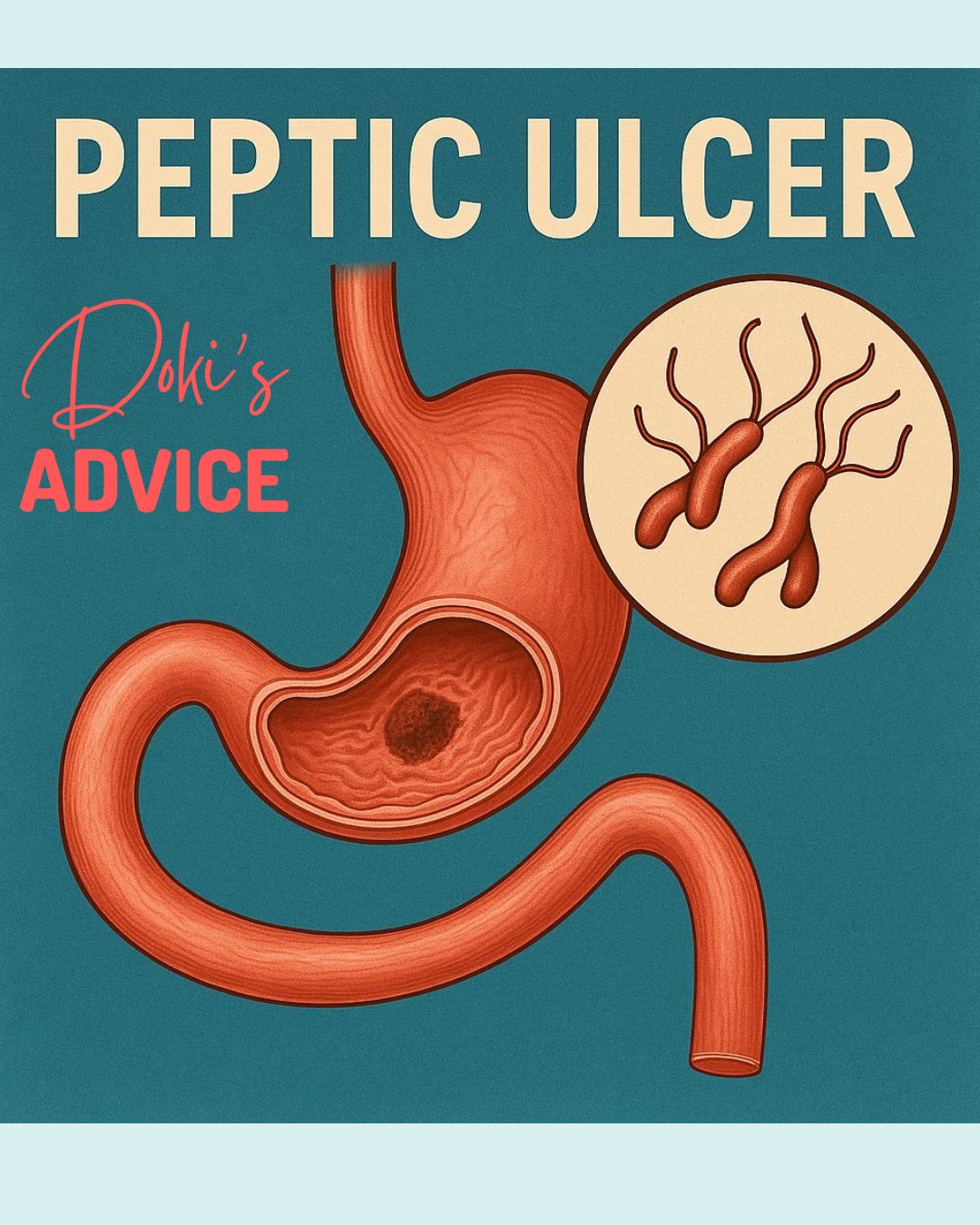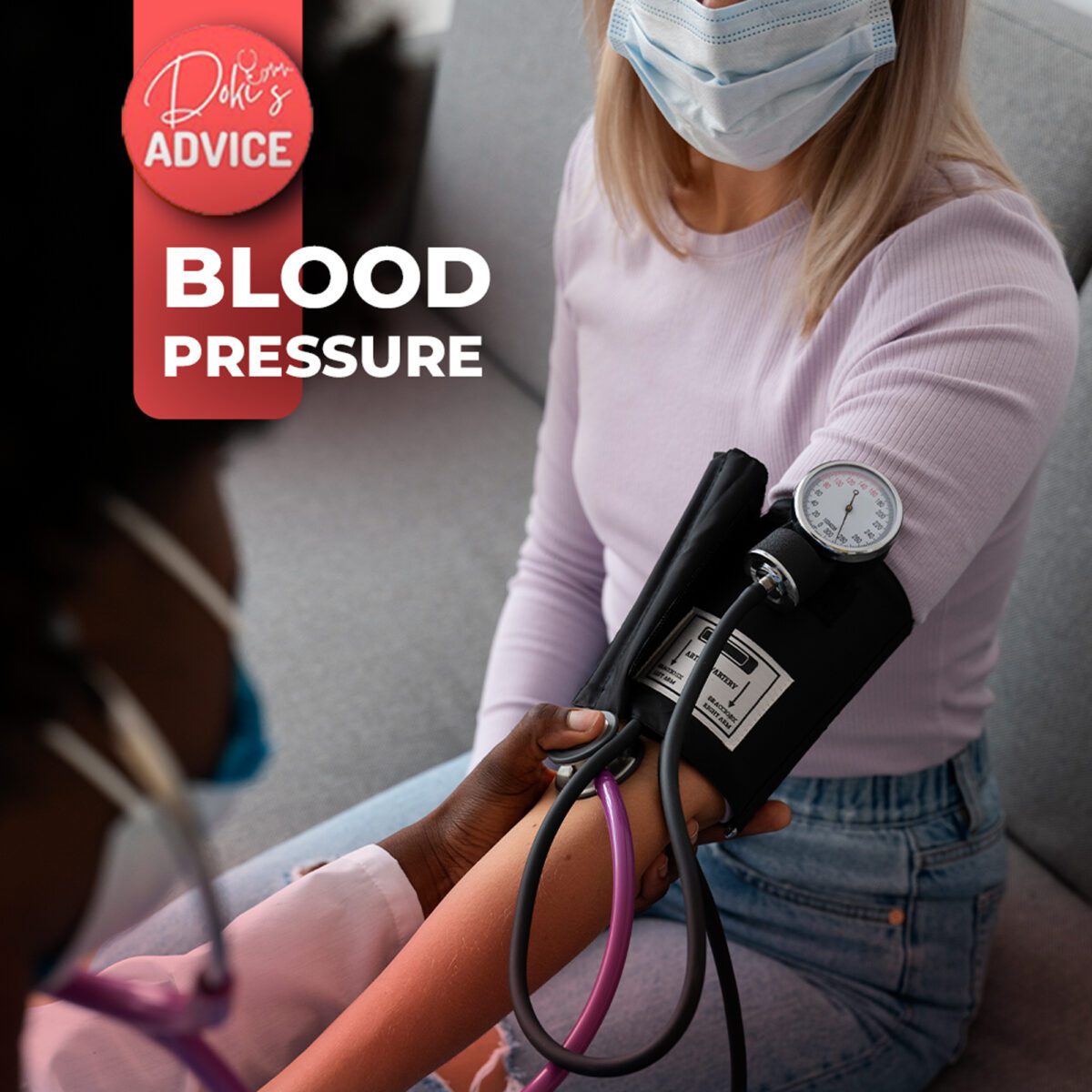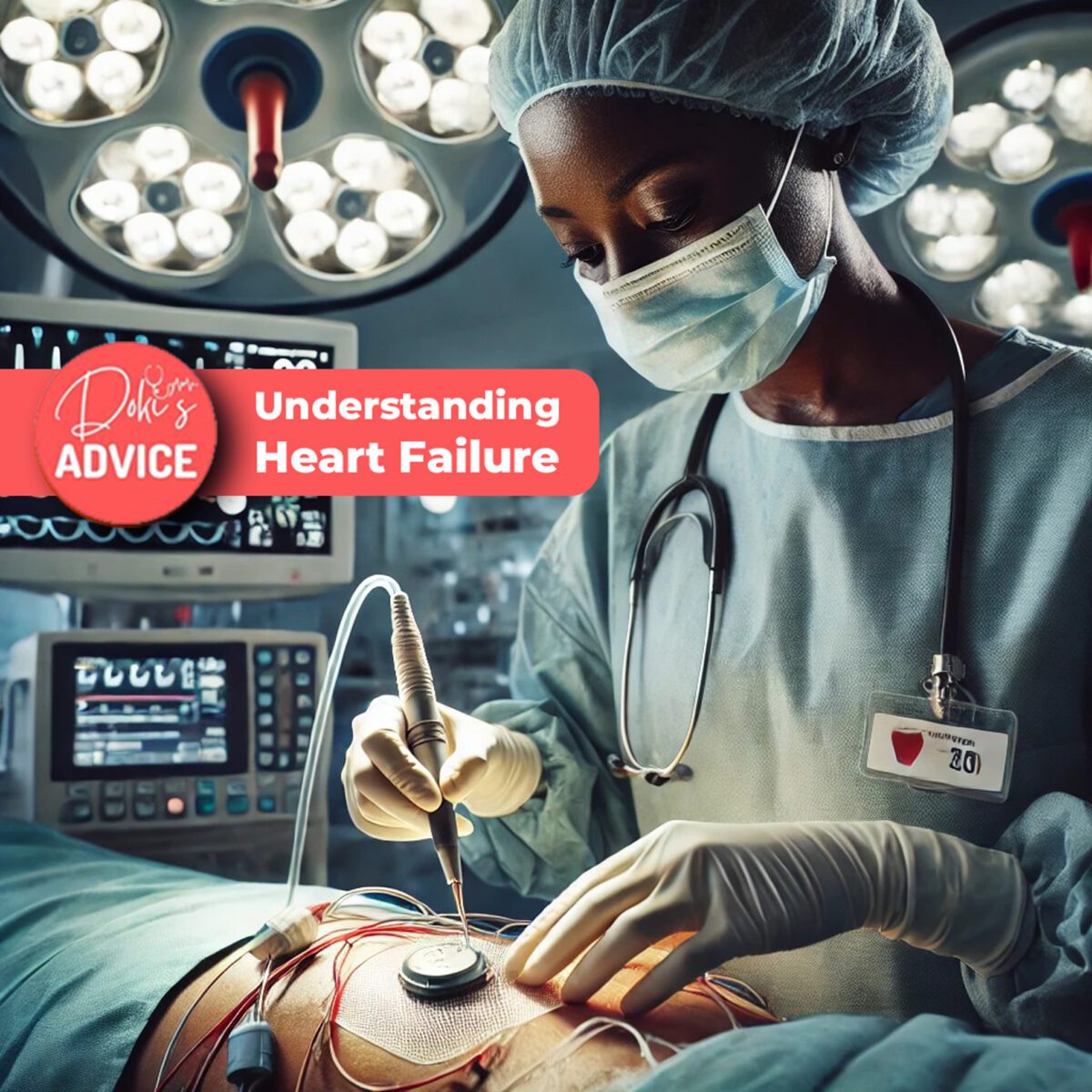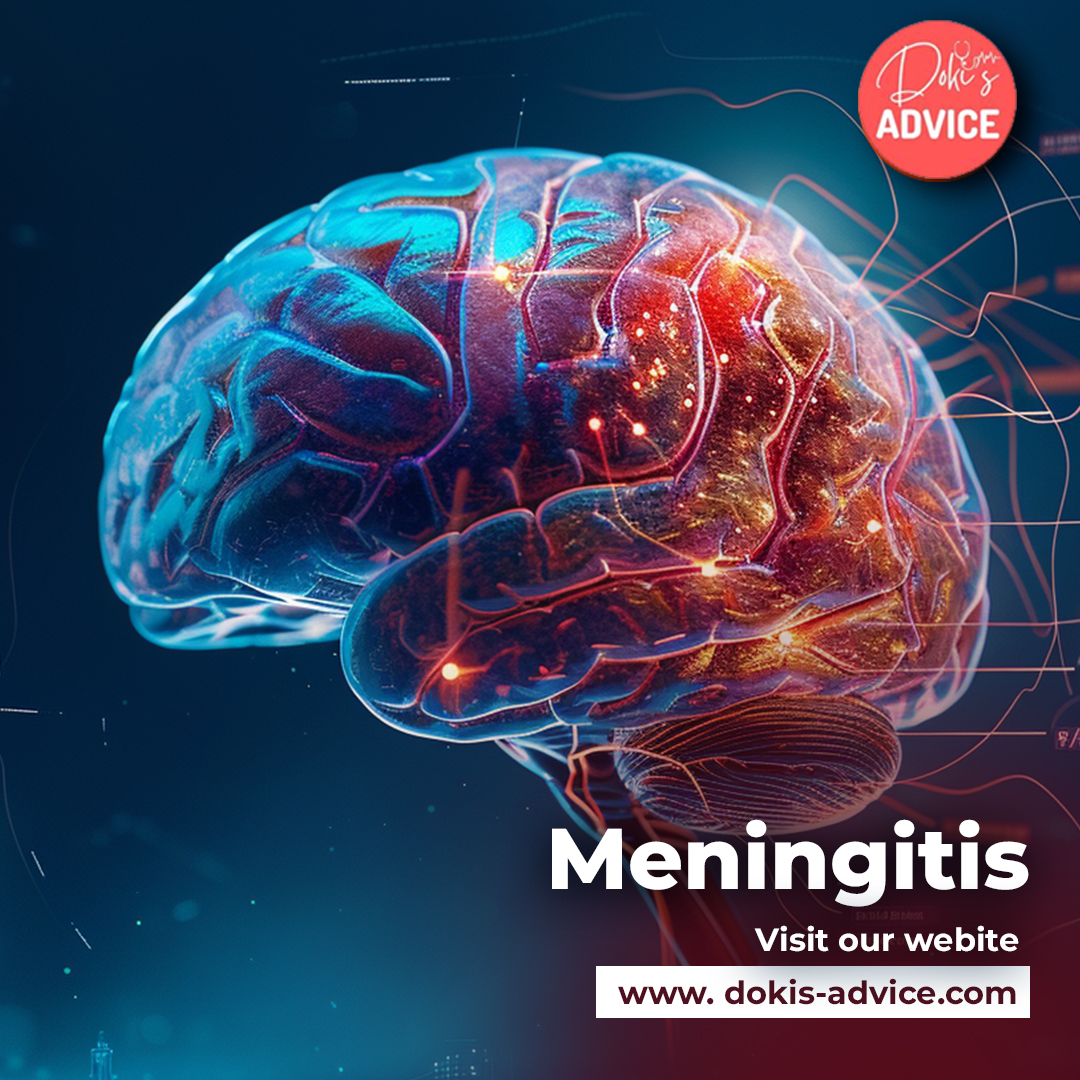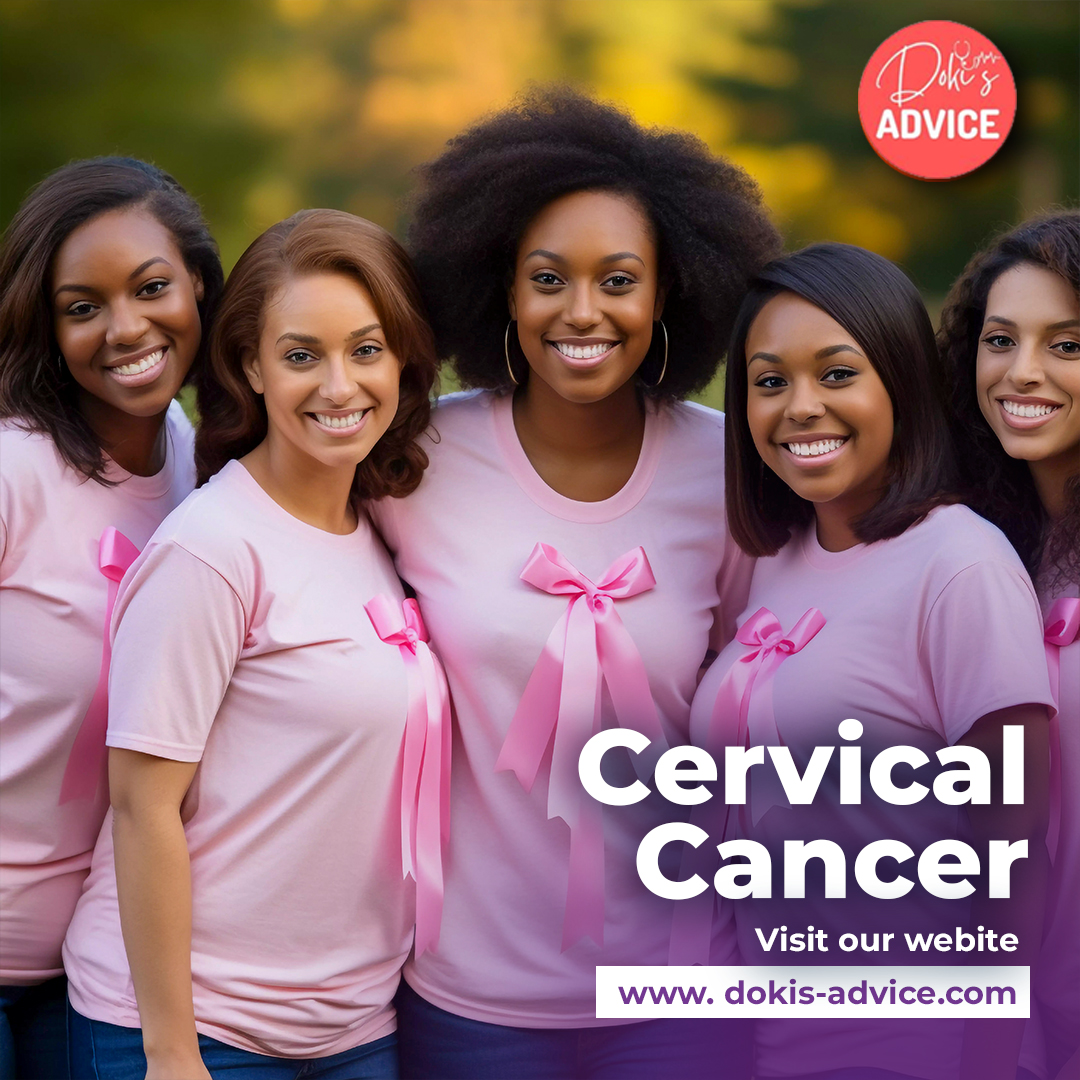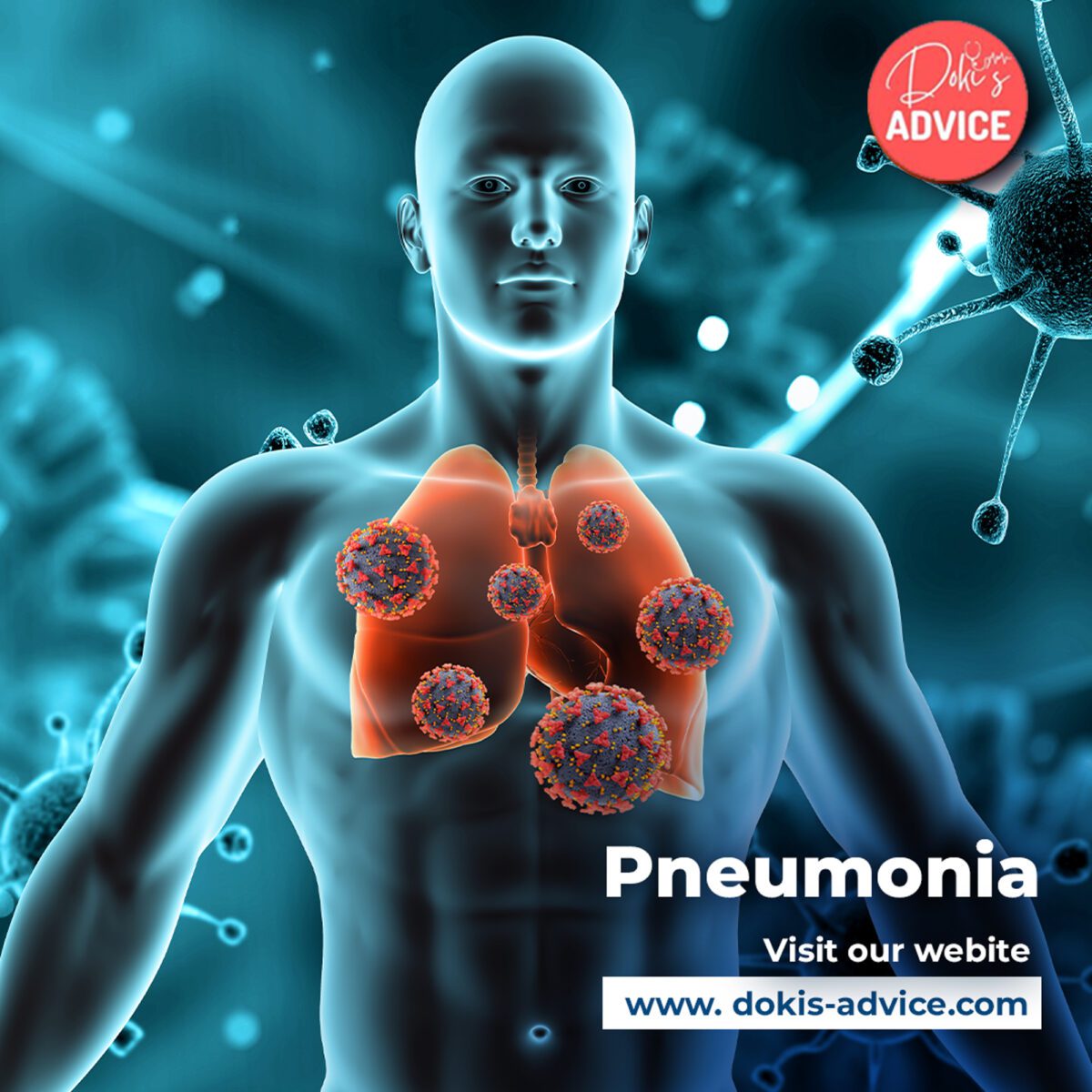Cholangitis: is an inflammation of the bile duct system. The bile duct system is found in the liver and is responsible for the transportation of bile from the liver, or to be precise, from the gall bladder, to the first part of the intestine, which is called the duodenum. Bile juice is made in the liver and stored in the gallbladder. In times of digestion, it’s then transported to the duodenum for the digestion of fats and small cholesterol.
Cholangitis is mostly caused by bacterial infections, and in other circumstances, it could be a chronic infection as the result of an autoimmune condition. An autoimmune condition is when the body identifies its own cells as foreign cells, hence attacking them.
Cholecystitis: this is an inflammation of the gallbladder either due to blockage of the bile duct system with a gallstone or bile sludge. Gallstones are small stones composed of cholesterol that usually form in the gallbladder. Gallstones are a common condition that affects nearly one in every 10 adults.
In medicine, we differentiate:
- Calculous cholecystitis: this is when the opening of the gall bladder, that is the cystic duct gets blocked by a gun stone or the bile sludge. This blockage then leads to a buildup of bile juice in the gall bladder, hence increasing the pressure inside, which can lead to inflammation.
- Acalculus cholecystitis: this is a guy bladder inflammation that is not caused by gallstones. This can be caused by severe diseases, operations, or traumas.
- Chronic cholecystitis: this is a result frequent acute cholecystitis which has been treated using conservative measures like giving antibiotics or healing spontaneously, hence leading to scarring of the gall bladder walls.
There are six major risk factors for the formation of gall stones, which include:
- Being overweight
- Women are more affected.
- Fertile
- Fair meaning white people or people with a fairly bright skin.
- Age: around 40 years
- When it occurs mostly in the family, the risk of other family members getting it is higher.
Cholecystolithiasis: simply refers to having gallstones in the gallbladder.
Choledocholithiasis: this is a term that refers to having gallstones in the bile duct system.
There are some underlying factors that can lead to more frequent building of gallstones. These factors include:
- Disruption of the enterohepatic circulation: This can be caused by diseases such as Crohn’s disease or after recession of the terminal ileum which is the last part of the small intestine which can lead to bile acid loss syndrome.
- Fasting, rapid weight loss, parenteral nutrition, or bariatric surgery
- Haemolytic anaemia: a frequent destruction of red blood cells can lead to increased bilirubin, which can therefore lead to formation of pigment stones from the bilirubin. Bilirubin is a yellow substance that is made after the breakdown of old red blood cells.
- Hyperparathyroidism: The condition that can lead to excessive calcium levels In the bloodstream, therefore contributing to the formation of gallstones out of calcium.
- Caroli syndrome: this is a congenital disease that causes the deletion of the bile ducts in the liver intense can contribute to the formation of gallstones.
- Gilbert syndrome: this is a genetic disorder of bilirubin metabolism that can increase the risk of gallstone formation.
- cystic fibrosis: The condition that leads to a production of a thick mucus layer that can block the bile ducts hence leading to the formation of gallstones.
Let’s have a look at the signs and symptoms:
- Nausea and vomiting
- upper right abdominal pain
- Painful cramps in the right upper abdominal region
- Pain projection in the right shoulder
- Fever
- Jaundice
- Itchiness
-Let look at how are these diseases diagnosed:
- Your doctor will do a physical examination and take your medical history.
- blood tests: Timeline whether the inflammation parameters are high and parameters of gallbladder obstruction, Liver and Pancreas.
- Abdominal ultrasound: this is used to determine the structure of the gallbladder, to see if it is filled with gallstones, and to examine the anatomy of the liver.
- endoscopic ultrasound: this can be used to detect small gallstones in the building system.
- ERCP/MRCP: the former can be used for diagnostic and therapeutic purposes. The latter can only use for diagnostic purposes. This examination is used to showcase the biliary system. In cases of stenosis, the ERCP can be used for therapeutic purposes, for example, dilation of the biliary tracts, removal of gallstones and stenting. (This is a procedure where one can Insert a plastic or metal hollow tube to help relieve obstruction in areas of stenosis).
- CT-Scan: mostly for purposes of better operation planning.
- Abdominal X-Ray: done in suspicion of a hole or tear in the gall bladder.
Now let’s delve into how the above diseases are treated:
- giving pain medications,
- giving medication against cramping
- Not eating or drinking to relieve the strain of the gallbladder.
- Giving the patience fluids directly into the vein to prevent dehydration.
- in cases of high inflammation parameters, giving antibiotics
- Surgery for the removal of the gallbladder may be recommended after initial treatments to prevent acute cholecystitis and for the prevention of potential complications.
- In other instances, surgery may not be recommendable, hence the importance of an ERCP, as stated in the diagnostics above.
So, you may ask yourself, are there ways to reduce the risk of getting cholecystitis?
- Eating a healthy balance today while reducing the number of high cholesterol foods
- Regular exercise reduces the risk of being overweight or obese.
- avoiding Rapid weight loss diets
remember to always seek medical advice.




